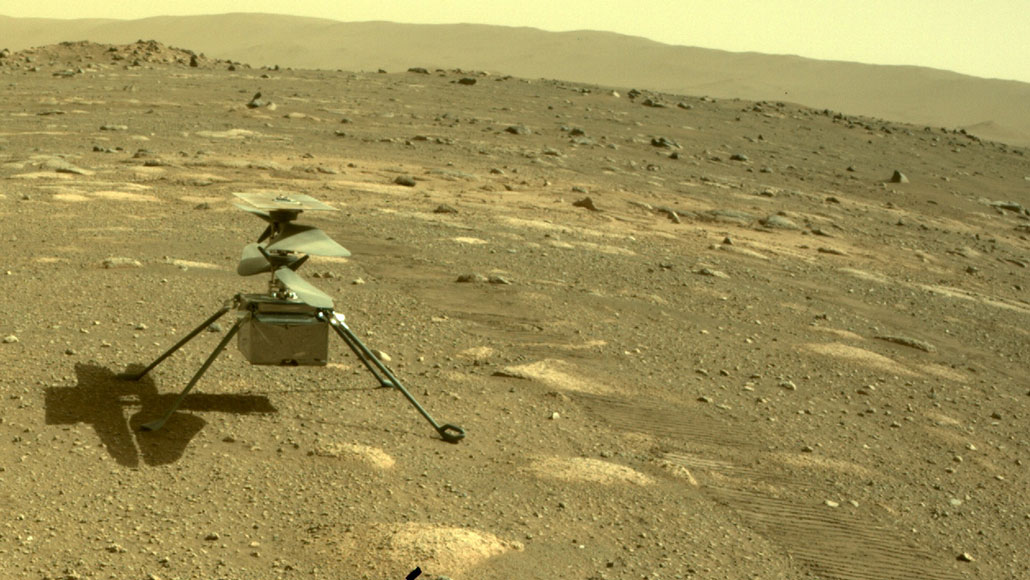NASA’s Ingenuity helicopter’s mission with Perseverance has been extended
The rover is going to begin its science mission in the next few weeks

NASA’s Ingenuity Mars helicopter has survived cold Martian nights, flown up, down and sideways, and transferred data back to Earth. It’s ready for a new job.
JPL-Caltech/ NASA







